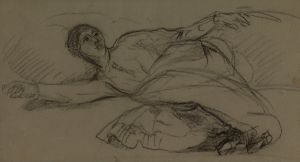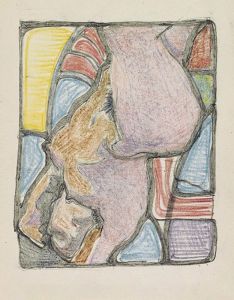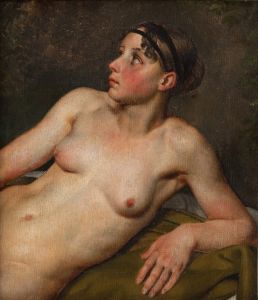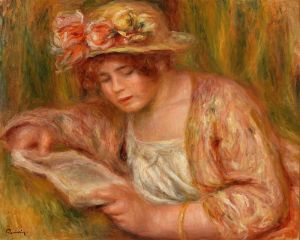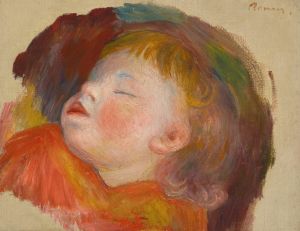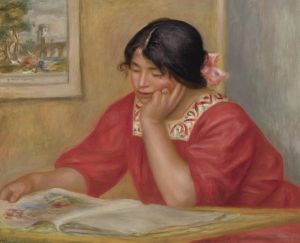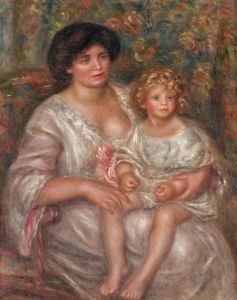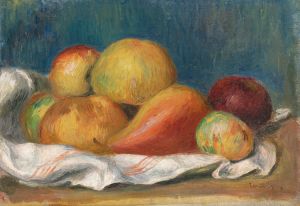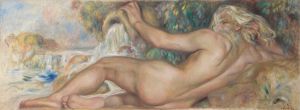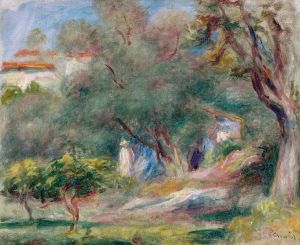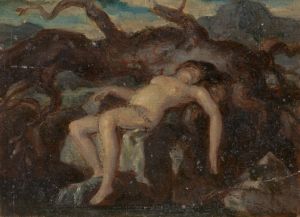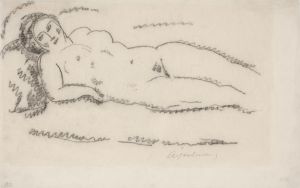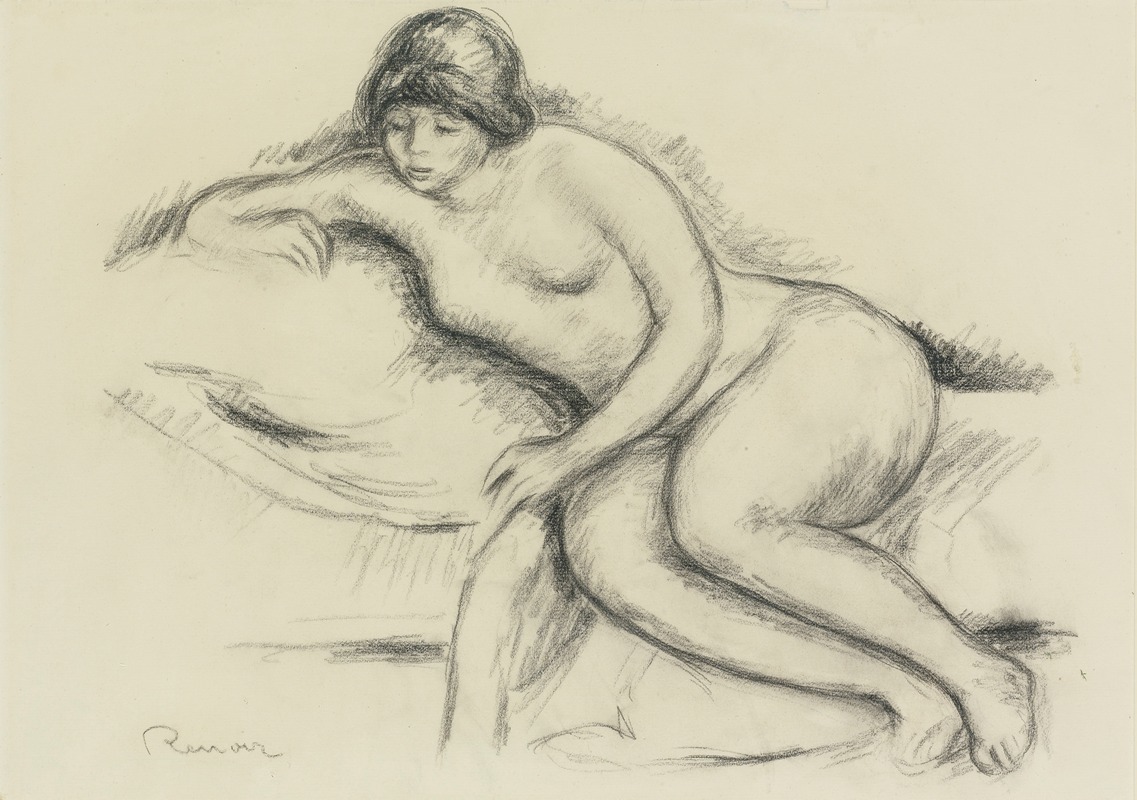
Femme nue sur le canapé de nice
A hand-painted replica of Pierre-Auguste Renoir’s masterpiece Femme nue sur le canapé de nice, meticulously crafted by professional artists to capture the true essence of the original. Each piece is created with museum-quality canvas and rare mineral pigments, carefully painted by experienced artists with delicate brushstrokes and rich, layered colors to perfectly recreate the texture of the original artwork. Unlike machine-printed reproductions, this hand-painted version brings the painting to life, infused with the artist’s emotions and skill in every stroke. Whether for personal collection or home decoration, it instantly elevates the artistic atmosphere of any space.
Pierre-Auguste Renoir, a prominent French artist and a leading figure in the Impressionist movement, is renowned for his vibrant light and saturated color, often focusing on people in intimate and candid compositions. One of his works, "Femme nue sur le canapé de Nice" (Nude Woman on the Couch in Nice), exemplifies his mastery in portraying the human form with warmth and sensuality.
Renoir's career spanned several decades, during which he developed a distinctive style characterized by a soft, feathery brushstroke and a rich palette. His works often depicted leisurely scenes of Parisian life, portraits, and nudes, reflecting his interest in capturing the beauty of everyday moments. "Femme nue sur le canapé de Nice" falls into the category of his nudes, a subject he frequently explored throughout his career.
The painting features a nude woman reclining on a couch, a common motif in Renoir's oeuvre. The setting is likely in Nice, a city in the south of France, where Renoir spent considerable time during his later years. The choice of Nice as a backdrop is significant, as the region's Mediterranean light and vibrant colors greatly influenced his work. The painting captures the warmth and intimacy of the scene, with the woman's relaxed pose and serene expression inviting the viewer into a private moment.
Renoir's treatment of the nude figure is notable for its softness and sensuality. He often depicted his subjects with a sense of tenderness and warmth, avoiding the harsh lines and stark contrasts seen in the works of some of his contemporaries. In "Femme nue sur le canapé de Nice," the woman's skin is rendered with delicate, luminous tones, highlighting Renoir's skill in capturing the subtleties of light and shadow.
The composition of the painting is carefully balanced, with the curves of the woman's body echoing the soft lines of the couch and the surrounding environment. Renoir's use of color is particularly striking, with the warm hues of the woman's skin contrasting with the cooler tones of the background. This interplay of color and form creates a harmonious and inviting image, characteristic of Renoir's approach to the nude.
Renoir's nudes were often met with mixed reactions during his lifetime. While some critics praised his ability to capture the beauty and sensuality of the human form, others found his work too idealized or lacking in the intellectual rigor of other contemporary artists. Despite this, Renoir's nudes have remained popular with audiences, appreciated for their warmth, intimacy, and technical skill.
"Femme nue sur le canapé de Nice" is a testament to Renoir's enduring fascination with the human form and his ability to convey its beauty through paint. The painting reflects his mature style, characterized by a focus on the interplay of light and color and a deep appreciation for the sensuality of the human body. Today, Renoir's works, including this painting, continue to be celebrated for their contribution to the Impressionist movement and their enduring appeal to art lovers around the world.






